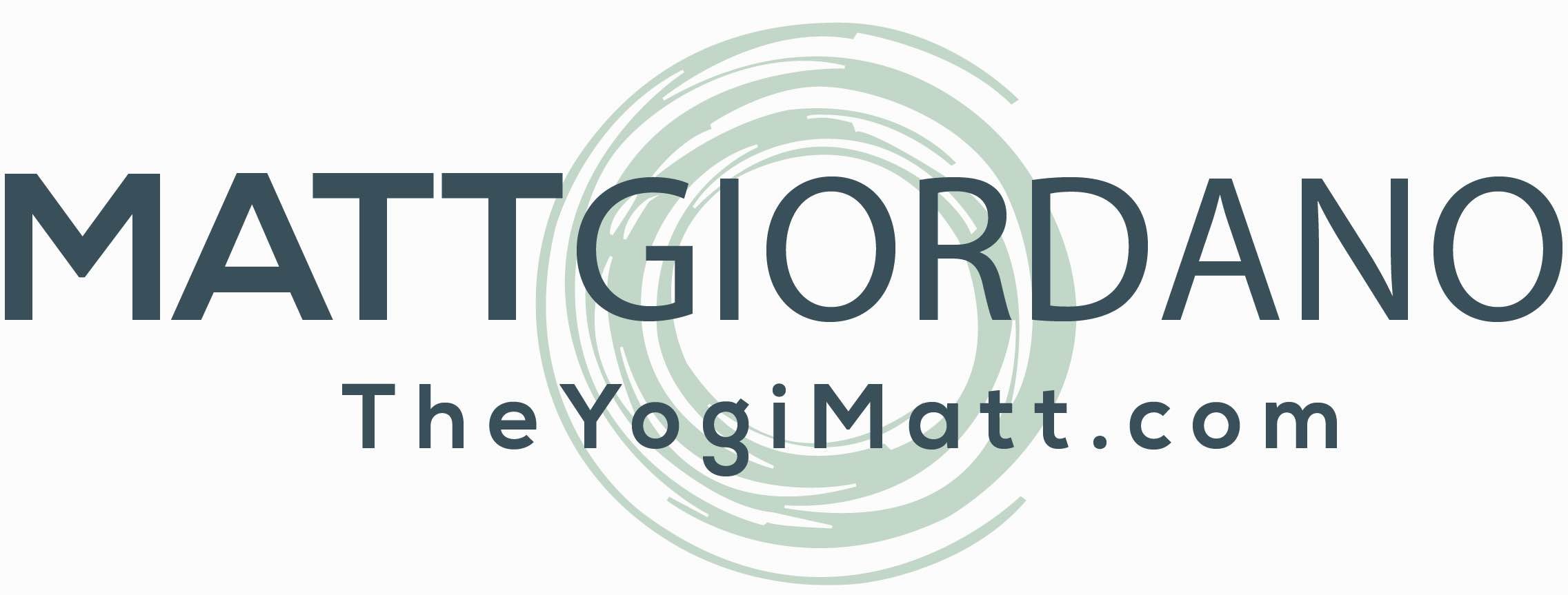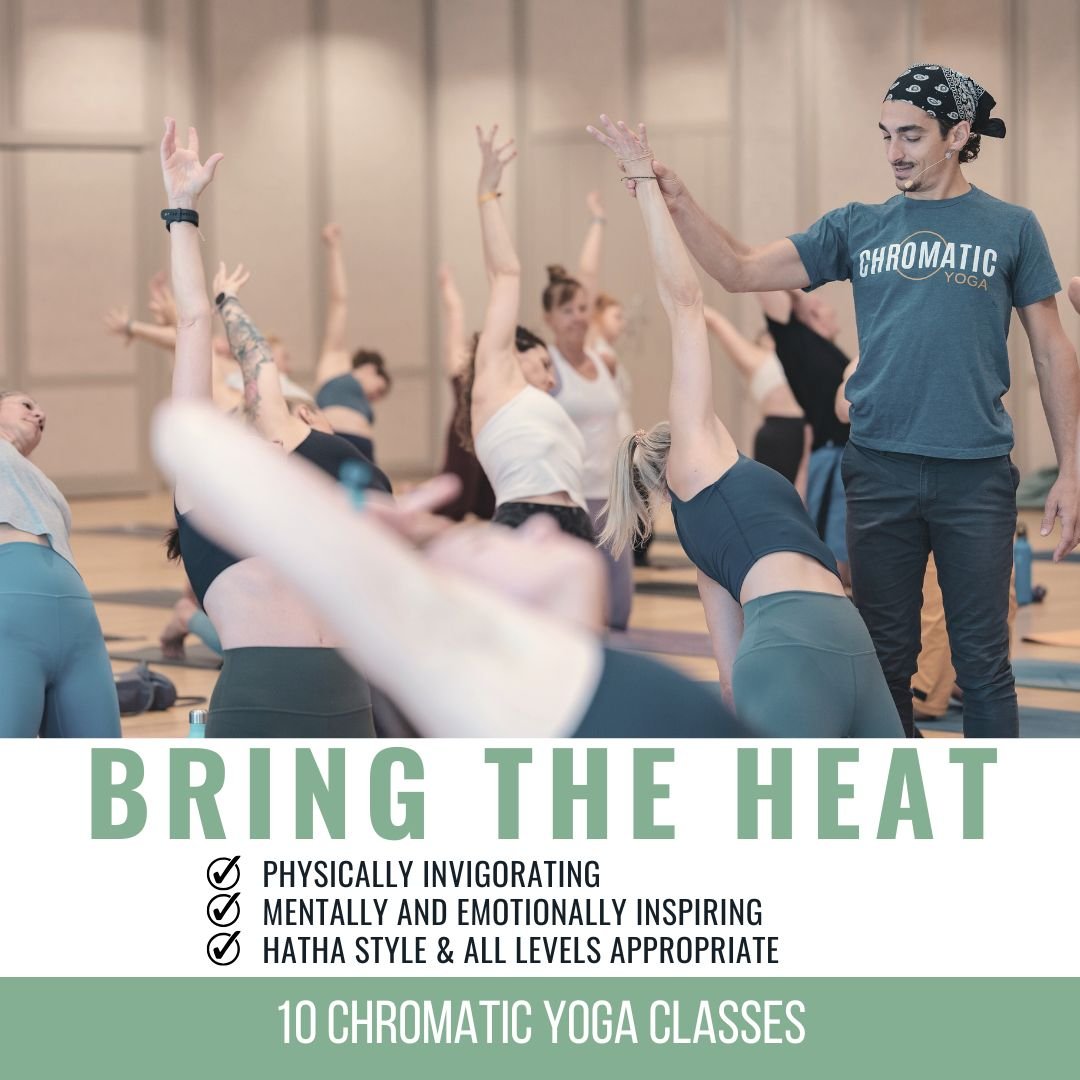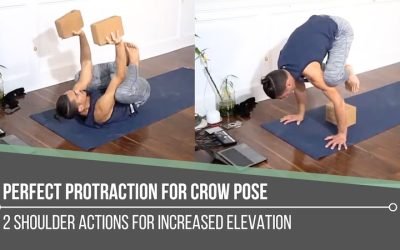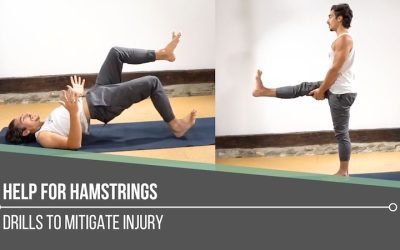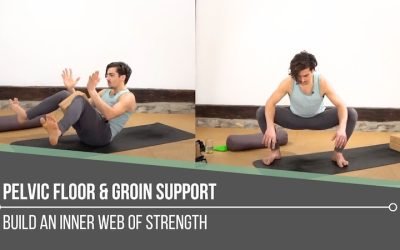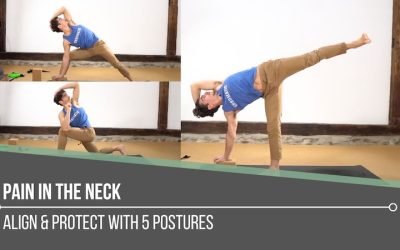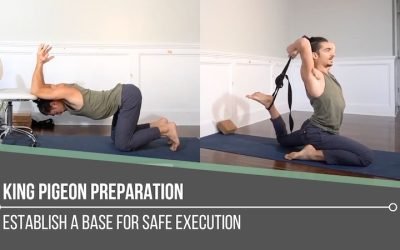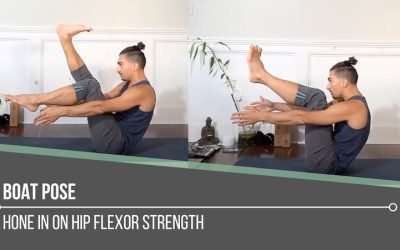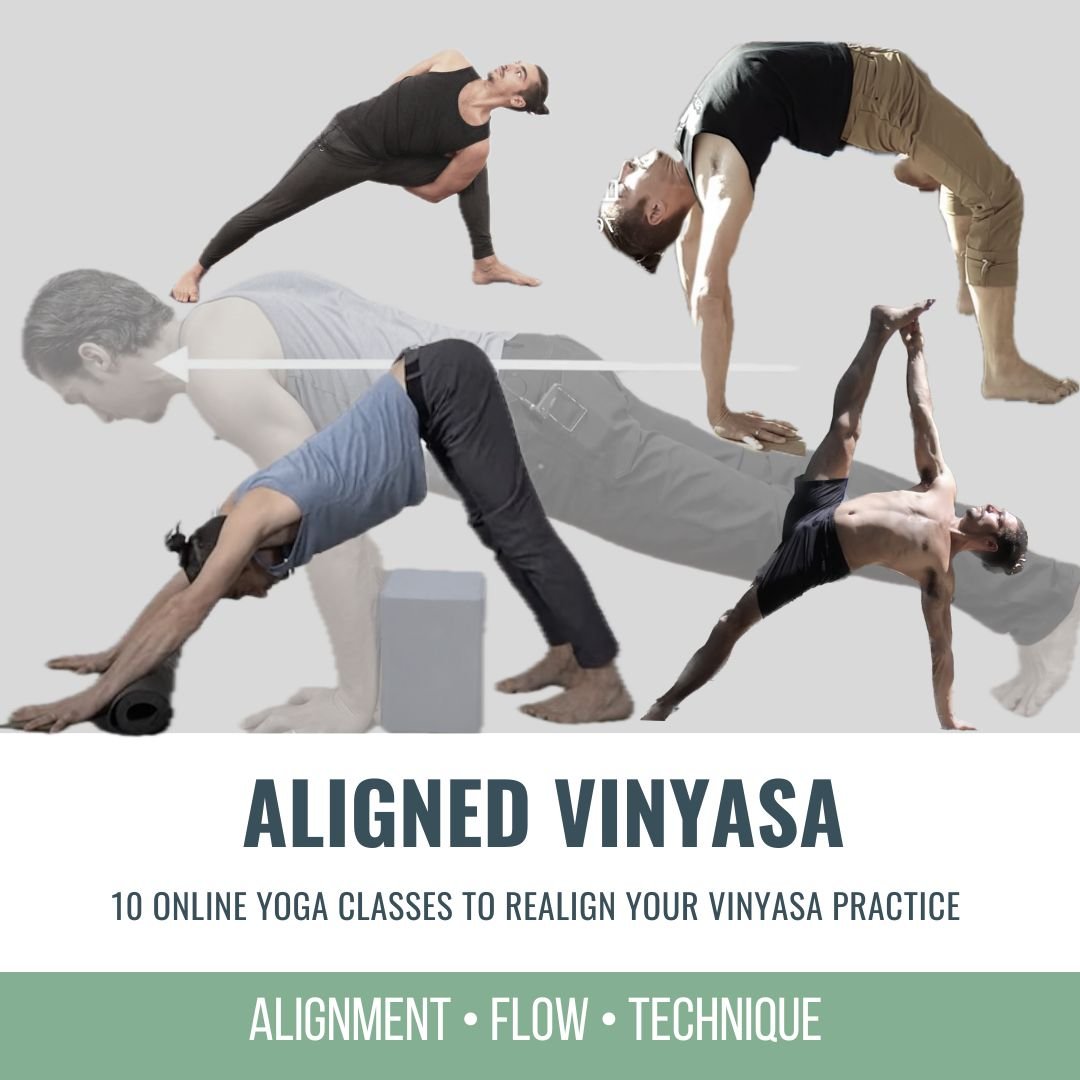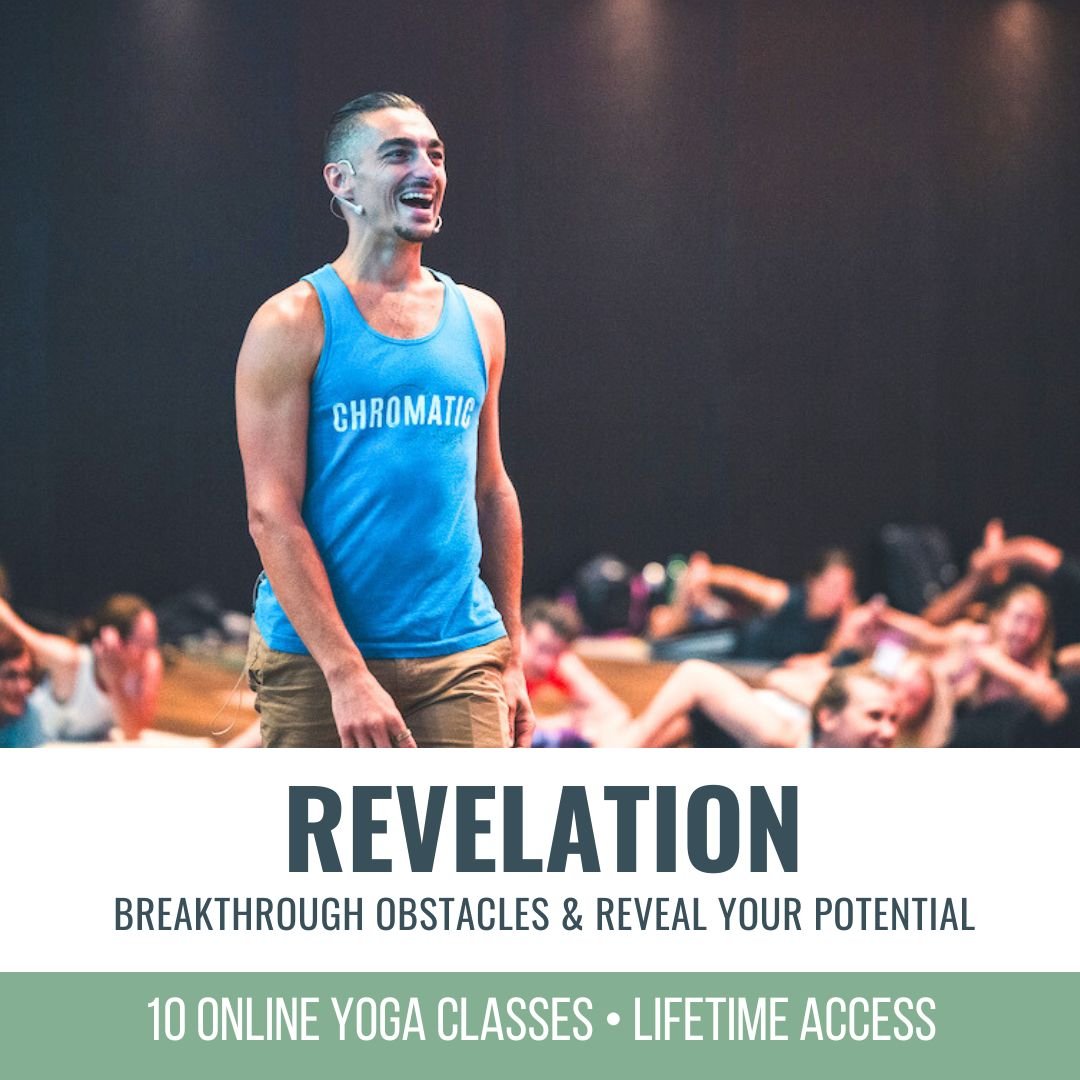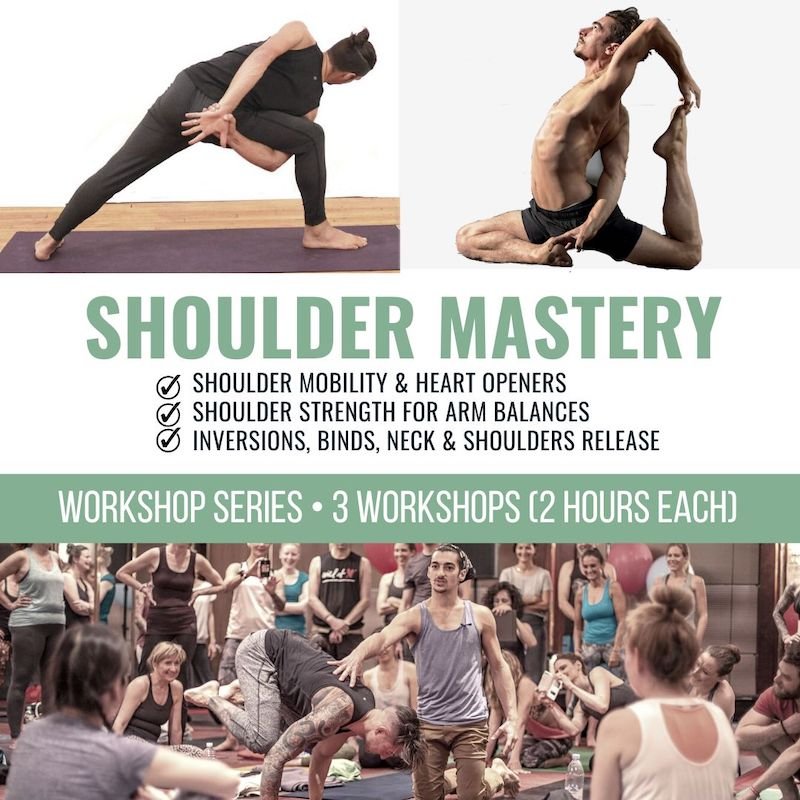Perfect Protraction For Crow PoseBAKASANAPERFECT PROTRACTION FOR CROW POSE When working toward perfect protraction for Crow Pose, it’s essential to understand the role of the serratus anterior, the “fingertip” muscles that wrap around the rib cage and attach to the...
Perfect Protraction For Crow Pose
Perfect Protraction For Crow Pose
BAKASANA
PERFECT PROTRACTION FOR CROW POSE
When working toward perfect protraction for Crow Pose, it’s essential to understand the role of the serratus anterior, the “fingertip” muscles that wrap around the rib cage and attach to the inner edge of the shoulder blades. Matt describes them as the driving force behind any forward-pushing movement, from boxing to arm balances. These muscles are responsible for that “lifted” feeling when we press the floor away beneath us. Without this activation, the chest collapses, and the arms bear the brunt of the work. Learning to engage the serratus anterior transforms Crow Pose from a heavy arm balance into an integrated, buoyant experience where strength and lift coexist.
BRING THE HEAT
ENHANCE YOUR POSTURAL PRACTICE
- 10 Chromatic Yoga practices with founder Matt Giordano
- Physically Invigorating
- Each Class is designed to cultivate inner heat from a blend of calculated long holds and vinyasa style flows
- Meticulously Crafted Experiences to Enhance Your Postural Practice
- Modern, Non-dogmatic Philosophy to Inspire and Motivate You into Action that Serves You.
- 4 Dedicated Core Classes!
- All Levels Appropriate Full length 75 minute Classes
- Non-dogmatic, Anatomy informed Alignment
- The Perfect Blend of Knowledge and Practice
- A Heavy Emphasis on Technique for the Poses Everyone Expects You to Know but Non One Teaches
- 12 Continuing Education hours with Yoga Alliance and American Yoga Council
- 12 Accredited Practice Hours with the Chromatic School of Yoga
- Step-by-Step instruction for increased accessibility
- Sweat, Breath, Strengthen, Stretch and Feel Amazing!
GET THE MECHANICS DOWN
Matt begins with a simple yet revealing wall drill. With the forearms placed at shoulder height, hands at forehead height, we practice retraction and protraction. This involves drawing the shoulder blades together, then pushing them apart. At this stage, the focus is precision, not power. The goal is to feel how the shoulder blades glide and wrap around the rib cage. This movement builds heat and sets the foundation for proper shoulder mechanics before any weight is added. By refining this awareness early on, we prepare our joints for stability and longevity in arm balances. Protraction becomes not just a motion, but a habit of intelligent movement that protects the shoulders from strain.
WATCH THE VIDEO
PERFECT PROTRACTION FOR CROW POSE: 2 SHOULDER ACTIONS FOR INCREASED ELEVATION
CHATURANGA & CROW PRACTICE
Translating this awareness into action, Matt layers in Chaturanga and Crow drills. In Chaturanga, we spread the fingers wide, slightly turn the hands out, and push down and in to fire up the serratus and pectoralis. This prevents the shoulders from collapsing forward and maintains lift through the upper back.
To reinforce this pattern, he takes us to the floor for Chaturanga on the back, using blocks or weights. Here, gravity works in reverse, and we feel how the scapulae widen as we “press up.” The transition from Chaturanga to Crow on the back trains the same coordination, knees hug in, tailbone tucks, and the upper body maintains protraction. These drills establish neuromuscular connection before Crow Pose ever touches the ground.
200 HOUR ONLINE TEACHER TRAINING
GET CERTIFIED & DEEPEN YOUR YOGA PRACTICE
- Deepen your yoga practice
- Build confidence speaking in front of groups in person and online
- Learn foundational class structures and templates
- Learn techniques for a wide range of yoga postures
- Get certified and highly qualified to teach yoga
- Yoga Alliance Globally Recognized Certification Program
CROW POSE ON BLOCKS
Now, the mechanics meet the mat. Placing the feet on blocks removes the fear of balance so we can focus purely on shoulder control. Knees squeeze in, elbows hug inward, and hips lift high. Matt emphasizes that Crow Pose shouldn’t be just a head bob from the elbows; it’s a full body integration that begins with elevation of the hips and scapular movement.
We move through retraction and protraction at the top of the shape, feeling the difference between sinking and lifting. As we lean forward, the protraction deepens, allowing the shoulders to stay stable and light. A soft cushion in front provides peace of mind, but the real support comes from the strength of the serratus anterior; it’s the engine behind the lift.
300 HOUR ONLINE TEACHER TRAINING
GET 500 HOUR CERTIFIED AS A MASTER TEACHER
Master your skill set as a teacher through refined techniques, anatomy, biomechanics, sequencing, philosophy, meditation techniques, theming, yoga business, and much more!
- Get 500 hour certified
- Learn anatomy, biomechanics, asana techniques
- Expand your teaching skills
- Masterful sequencing and verbal delivery
- Learn meditation and breathwork techniques
- Transformative tools: theming, dharma talks, satsang
PRACTICE OVER PERFECTION
Crow Pose mastery comes not from muscling through but from cultivating awareness in the shoulder stabilizers, core, and breath. Each layer, the wall drill, the Chaturanga sequence, and the block practice creates a more refined relationship between effort and control. Protraction is not a static position but an active expression of power that evolves with consistent attention.
In this “perfect protraction for Crow Pose” approach, success lies in understanding mechanics, not chasing shape. With repetition and focus, the shoulders learn to support the lift, transforming Crow Pose from something heavy to something that truly flies.
To break unhelpful patterns in the body, we need to train with intention. Matt’s upcoming online Bring the Heat immersion does just that; each practice blends mindful repetition with fire-building techniques that rewire strength, mobility, and endurance from the inside out.
The 200 Hr. Teacher Training: Click Here to See the Next Start Date
The 300 Hr. Advanced Teacher Training: Click Here to See the Next Start Date
Article by Trish Curling
Video Extracted From: Shoulder Mobility Immersion
ONLINE ANATOMY COURSE
- Accessible, exciting, and easy to learn
- Anatomy and biomechanics for yoga
- Appropriate for both teachers and students
- Learn joint alignment vs pose alignment
- Demystify yoga poses and transitions
- Release aches and pains
- Learn how to avoid common injuries
- Caters to all levels with modifications and props
- 20 hours Continued Education Credits with Yoga Alliance
- 20 hours toward Chromatic Yoga Certification and 300 Hour
- Lifetime access
Continue Learning
Perfect Protraction For Crow Pose
Help For Hamstrings
Help For HamstringsFLEXIBILITYHELP FOR HAMSTRINGS “Yoga butt” or high hamstring tendonitis can be a literal pain where the sit bones meet the hamstrings and glutes. This area is prone to overuse injuries, especially when repetitive forward folds overstretch rather...
Pelvic Floor and Groin Support
Pelvic Floor & Groin SupportCOREPELVIC FLOOR AND GROIN SUPPORT Pelvic floor instability can quietly influence how we move and how safe we feel in our practice. Weakness or imbalance here may lead to groin strains, hip discomfort, or even low-back issues....
Pain In The Neck
Pain In The NeckSTABILITYPAIN IN THE NECK A pain in the neck can be more than just an annoyance. It can ripple into the shoulders, spine, and even the jaw, creating discomfort that affects the whole body. Often, this pain stems from subtle misalignments: a chin that...
King Pigeon Preparation
King Pigeon PreparationHIP OPENINGKING PIGEON PREPARATION King Pigeon demands more than flexibility; it asks us to build carefully and deliberately. Progress comes not from leaping into the deepest version of the posture, but from cultivating strength, control, and...
Boat Pose
Boat PoseNAVASANABOAT POSE Our bodies are intelligent and adaptive, often finding ways to compensate when certain muscles are underused. Over time, these patterns can create imbalances, leaving some muscles overdeveloped and others neglected. In yoga, one area often...
THE FREE TECHNIQUE PACK
When You Subscribe, You Will Get Instant Access to
- the Technique Pack: 15 yoga pose breakdowns
- exclusive online course discounts
- exclusive blogs and videos
